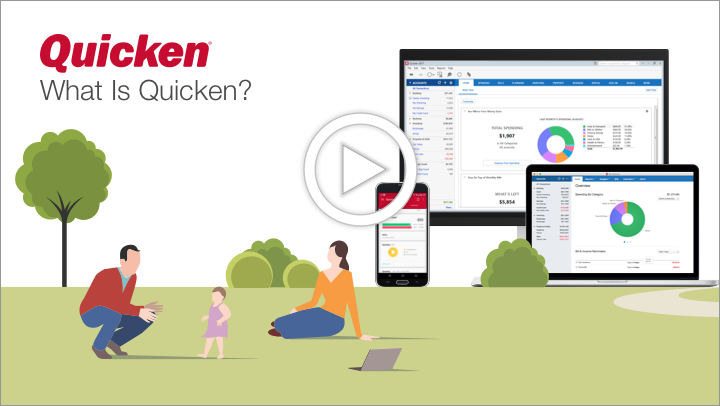

Please note that other Pearson websites and online products and services have their own separate privacy policies. This privacy notice provides an overview of our commitment to privacy and describes how we collect, protect, use and share personal information collected through this site. Pearson Education, Inc., 221 River Street, Hoboken, New Jersey 07030, (Pearson) presents this site to provide information about products and services that can be purchased through this site. The songs in your library that match the criteria in the playlist are added to it, and the current contents of the playlist are shown. You move to the Source list the smart playlist is added and selected, and its name is ready for you to edit. If you uncheck this box, the playlist includes only those songs that meet the playlist’s conditions when you create it. If you want the playlist to be dynamic, meaning that iTunes updates its contents as the content of your Music library changes, leave the check in the Live updating box.If you want the playlist to include only songs whose check boxes in the Content pane are checked, check the Match only checked items box.For example, to have iTunes include tracks you’ve rated highly, select highest rating. Select how you want iTunes to choose the songs it includes based on the limit you selected by using the selected by menu.For example, if you selected minutes in the menu, type the maximum length of the playlist in minutes in the box. Type the data appropriate for the limit you selected in the Limit to box.Your choices include items (the number of items in the playlist), the time the playlist will play (in minutes or hours), or the size of the files the playlist contains (in MB or GB). Select the parameter by which you want to limit the playlist in the first menu this menu defaults to items.If you want to limit the playlist, check the Limit to check box.If you include more than one condition based on the same attribute, such as Artist, you usually don’t want to use the all option because the conditions will likely be mutually exclusive using the all option results in no songs being included in the playlist because no song will be able to meet all the conditions at the same time. To create a smart playlist, perform the following steps: If you use the Any option, only one of the conditions has to be met for a song to be included in the smart playlist. If you use an All logical expression, all the conditions must be true for a song to be included in the smart playlist. If this feature isn’t enabled for a smart playlist, that playlist contains only those songs that met the criteria at the time the playlist was created.įinally, you can also link a smart playlist’s conditions by the logical expression All or Any. When a smart playlist is set to be live, iTunes changes its contents over time to match changes to the music in your iTunes Library. Going back to the Elvis example, you could add the condition that you want the playlist to include only those songs you have rated four stars or higher-so the smart playlist contains your favorite Elvis songs.Īs the previous example shows, smart playlists can be dynamic iTunes calls this live updating. You can also base a smart playlist on more than one condition at the same time. Anytime you add more Elvis music to your library, that music is added to the playlist automatically-so it always contains all the Elvis music in your iTunes Library. But by using a smart playlist instead, you can define the playlist to include all your Elvis music. You could create a playlist and manually drag your new Elvis tunes to that playlist. Suppose you are a big-time Elvis Presley fan and regularly add Elvis music to your library. Another example should help clarify this. After you have created these conditions, iTunes chooses songs that match those conditions and places them in the playlist. You create a smart playlist by defining a set of conditions. The application then gathers all the music with the Classical genre and places that music in a smart playlist. Rather than picking out all the songs in your library that have the Classical genre (as you would do to create a playlist), you can use a smart playlist to tell iTunes to select all the Classical music for you. For example, suppose you want to create a playlist that contains all your classical music. Rather than choose specific songs as you do in a playlist, you tell iTunes the kind of tracks you want in your smart playlist, and it picks out the tracks for you and places them in the playlist. However, the path smart playlists take to this end is different from that of playlists.

The basic purpose of a smart playlist is the same as a playlist-that is, to contain a collection of tracks you can listen to, put on a CD, and so on. Learn More Buy Creating and Managing Smart Playlists ITunes and iCloud for iPhone, iPad, & iPod touch Absolute Beginner's Guide


 0 kommentar(er)
0 kommentar(er)
